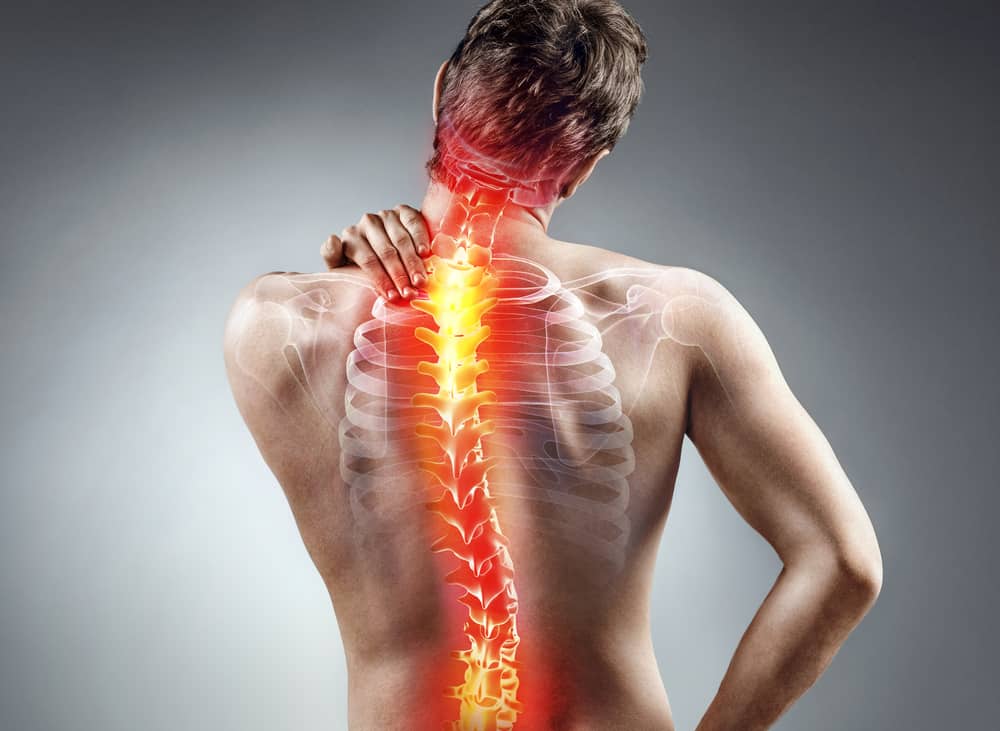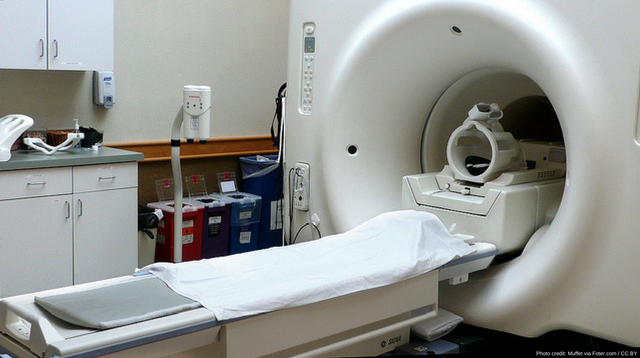In week 3 of our Ask Me Anything series, we look at another one of your most asked questions.
Can I Recover from a Degenerated Back?
My MRI Results Look Hopeless
Diagnostic imaging techniques, such as X-ray, ultrasound, Magnetic Resonance Imaging (MRI), and Computerize Tomography (CT) scans, have become a staple in providing the clinician and client with a clearer clinical picture of their respective issue. While imaging does play a big factor in our clinical health, its weight in importance must be calibrated accordingly; especially for issues relating to physiotherapy, pain, and movement dysfunction.
Too many of our clients come into therapy sessions with pre-conceived ideas on the totality of their scan results. All too often, we here from clients that their degenerated back, shoulder, knee or ankle is ruined forever, even before our assessment or therapy has begun. This belief becomes a true roadblock to recovery and further adds to one’s disability and dysfunction, making it a reality.

You may also enjoy reading: Physio or chiro for back pain?
It must be emphasized that diagnostic imaging is just one piece of the clinical picture for any client. Diagnostic imaging results must be interpreted with an appropriate subjective history, objective assessment, and observations laid out by your physiotherapist/ healthcare provider.
For instance, an earlier study by Jensen et al. 1994 concluded, “On MRI examination of the lumbar spine, many people without back pain have disk bulges or protrusions but not extrusions. Because bulges and protrusions on MRI scans in people with low back pain or even radiculopathy may be coincidental, a patient’s clinical situation must be carefully evaluated in conjunction with the results of MRI studies.”
Now, let me be clear, this does not mean we disregard diagnostic imaging altogether. Diagnostic imaging helps to reconfirm or dispute diagnoses, in addition to providing guidance to treatment options. Diagnostic imaging also helps your physiotherapist create an appropriate treatment plan and exercise prescription. Physiotherapists will use your X-ray, ultrasound, or MRI results and ensure you are provided with the best care possible. The collaborative benefit of physiotherapy and diagnostic imaging ensures a thorough assessment and diagnostic accuracy.
Regardless of your diagnostic imaging findings, your physiotherapist will be able to provide treatment options and determine whether your clinical picture requires additional attention. When attending your physiotherapy assessment or treatment session, bring in your diagnostic imaging results and your physiotherapist will be able to explain them to you in laymen’s terms.
If you have had a bad result from an X-ray, ultrasound or MRI and given up on the hopes of any improvement or a full recovery, we recommend taking the results to your physiotherapist or other healthcare provider for further assessment and observation. You might be surprised by what you hear.
Written by
FOLLOW US!
OUR SERVICES
ASK ME ANYTHING SERIES
QUESTION 1: WHEN DO I USE ICE VERSUS HEAT FOR MY CONDITION?
QUESTION 2: HOW DOES PHYSIOTHERAPY DIFFER FROM CHIROPRACTIC TREATMENT AND MASSAGE THERAPY?
QUESTION 4: WHAT HAPPENS IN A PHYSIOTHERAPY SESSIONS?
QUESTION 5: HOW MANY PHYSIOTHERAPY SESSIONS WILL I NEED?







